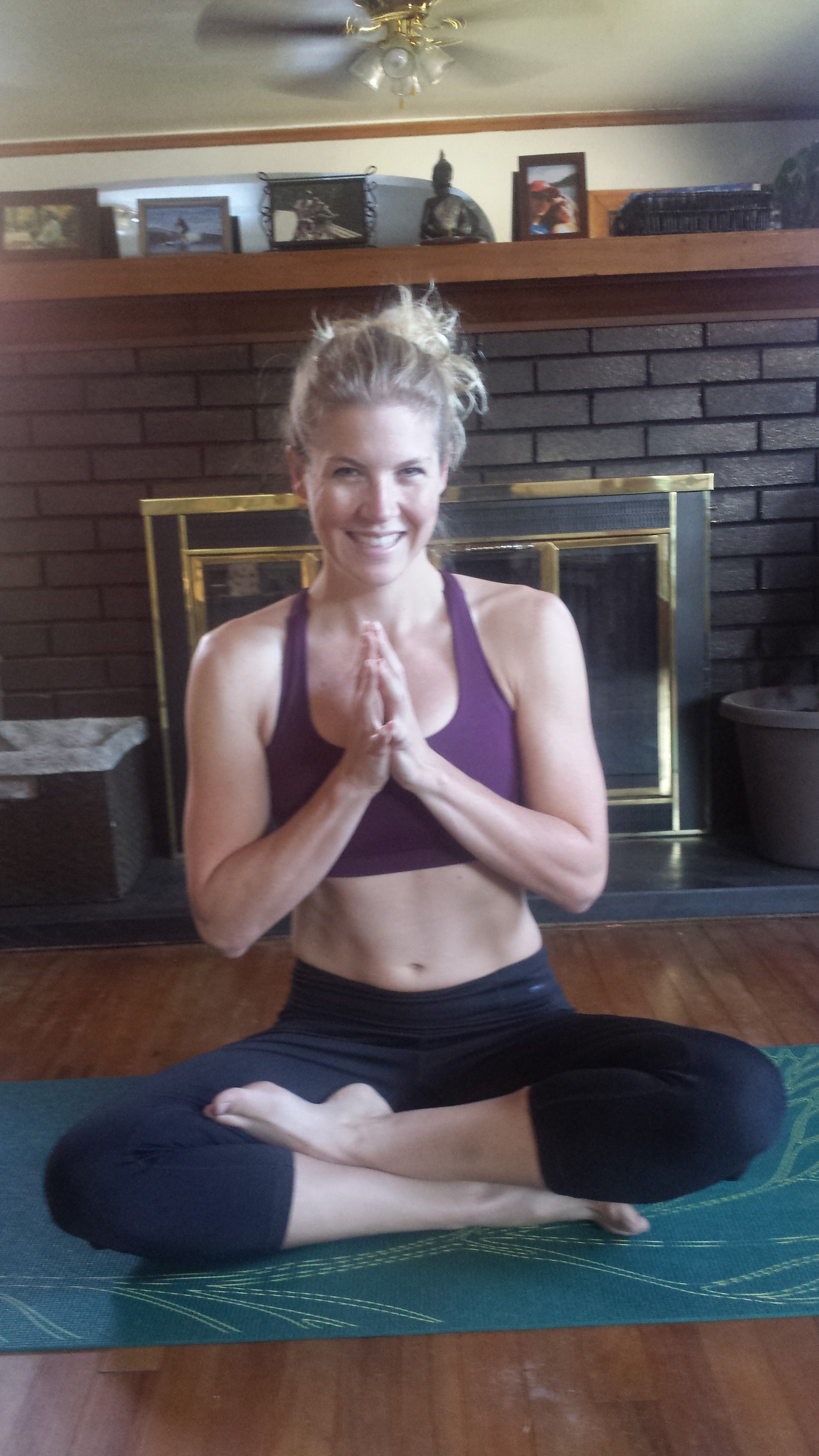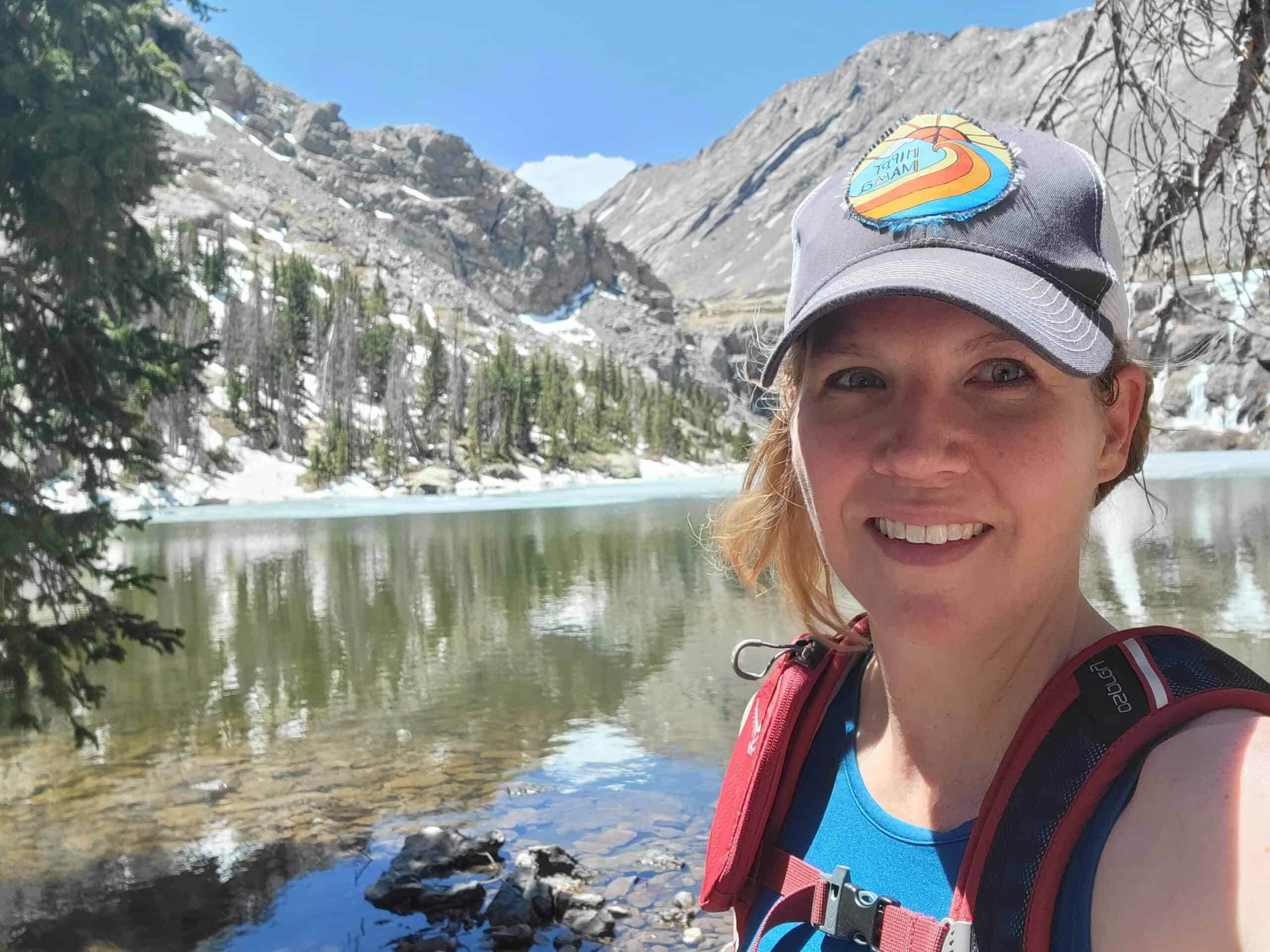This is Part One of a three part series on yoga for spinal fusion pain. Here’s Part Two (twisting!).
Please know I am NOT a yoga instructor, and I don’t pretend to be. Most yoga teachers have put incredible time and energy into their craft, so always take their advice over mine if you find disagreement. Also, if your orthopedic surgeon hasn’t cleared you to try yoga yet, DON’T DO IT!!! And I’m not a doctor, blah, blah, blah…
Ahhhh….yoga. That mystical practice of hippie lore and pretentious new-agers. How can it possibly benefit me? I’m an athlete; a tough machine of muscled steel and fine-tuned reflexes. Or I’m not into that Buddhist, oneness of the universe crap.
Well, I’ve got news for you. The Number One thing that has alleviated my back pain and helped me build my core: Hot Vinyasa Yoga. (Like in the style of Baron Baptiste. NOT Bikram…that style hurts me.)
(Now, I am a bit of a Buddhist and can be pretentious from time to time, but hear me out.)
My practice consists of ass-kicking Vinyasa sequences in a room heated to around 100-105 degrees at least once a week (until my recent knee surgery, that is. But I’ll be back soon!). The heat relieves the muscle tension, the stretching loosens the muscles and gives flexibility, and the poses build strength and muscles in places you never thought you’d build strength and muscles. I’ll tell ya, even my inner thighs are toned now…whoa!
Now that I’ve built my case, and you’re totally convinced, I’d like to share some of my favorite asanas (“poses” in Sanskrit. Sidenote: Most yoga poses are Sanskrit. Here’s a good glossary if you’re interested.). I’ll be breaking this up into three parts, starting with the core of my practice: The Vinyasa!
The Vinyasa Sequence: Sun Salutations (Surya Namaskara)
Yoga is all about linking breath with movement. I tend to employ an ujjayi breath. It’s also about mindfulness. Be completely aware of your body, your movements, your feelings, all moving as one.
There are twelve vinyasas, but different schools practice it in different ways. They all have a few key elements, though. I’ll just go over those. If you want to know the whole thing here’s a pretty good You Tube video.

Push your tail bone to the back of the room and wrap your shoulders down your back. Keep the weight on the index finger and thumb in the front. Be sure your fingers are spread and completely flat (no bubbles). Straighten your legs as much as you can. If your hamstrings are tight (like mine), your heels will be off the ground. That happens.

This is high plank and you probably remember it from the millions of push-ups you did in gym class. Keep your core engaged; this is paramount for those of us with sensitive backs. Keep your shoulders back and directly over your elbows and wrists. Your legs should be engaged as well.

Okay…this is one of my favorite poses. Probably because it’s technical and takes a lot of upper body strength. When you are first learning this pose, feel free to keep your knees on the ground. Of course, keep your core engaged. Elbows should be directly over your wrists and touching the side of your body. To get the feeling, stand next to a tall table or chair. Put your hands on the table and lean into it. This is a good way to get a feel for where your arms should be. Keep in mind- it’s a tough pose.

This one can hurt if you don’t do it right. Keep your legs OFF the ground. If they are on the ground, this is a different pose completely (called High Cobra…and that’s not a fun one for people with back pain). Keep your core engaged, your shoulders rolling down your back, and look as far up as comfortable. I use this pose as a gauge for how tired I am. If I have trouble doing this one, I know I should slow down or rest in Child’s Pose (see the end of the post for that one).

Okay…this one hurts. Honestly, I hate it. Notice how high I’m sitting in it. I included this pose to show you that sometimes, it’s okay to do what’s right for your body. For me, it means my Chair Pose is way up there. But yoga is all about honoring your body and yourself. So…yeah.

This is the front version. In case you needed further evidence that I hate this pose. It hurts, but I adjust for my body and my back pain. Hey…guess what? You can too!

This is the Vinyasa version of Child’s Pose. This isn’t actually part of the Sun Salutation, but I wanted to include it here. Spread your knees and let your torso fall down the middle. This is the go to pose for resting. I usually start my practice with it as well. It’s a good place to start getting into your breath, start being aware of your body, and preparing your mind for your practice.
Next time: Some twisting poses! Until then:
NAMASTE!





What do you think?